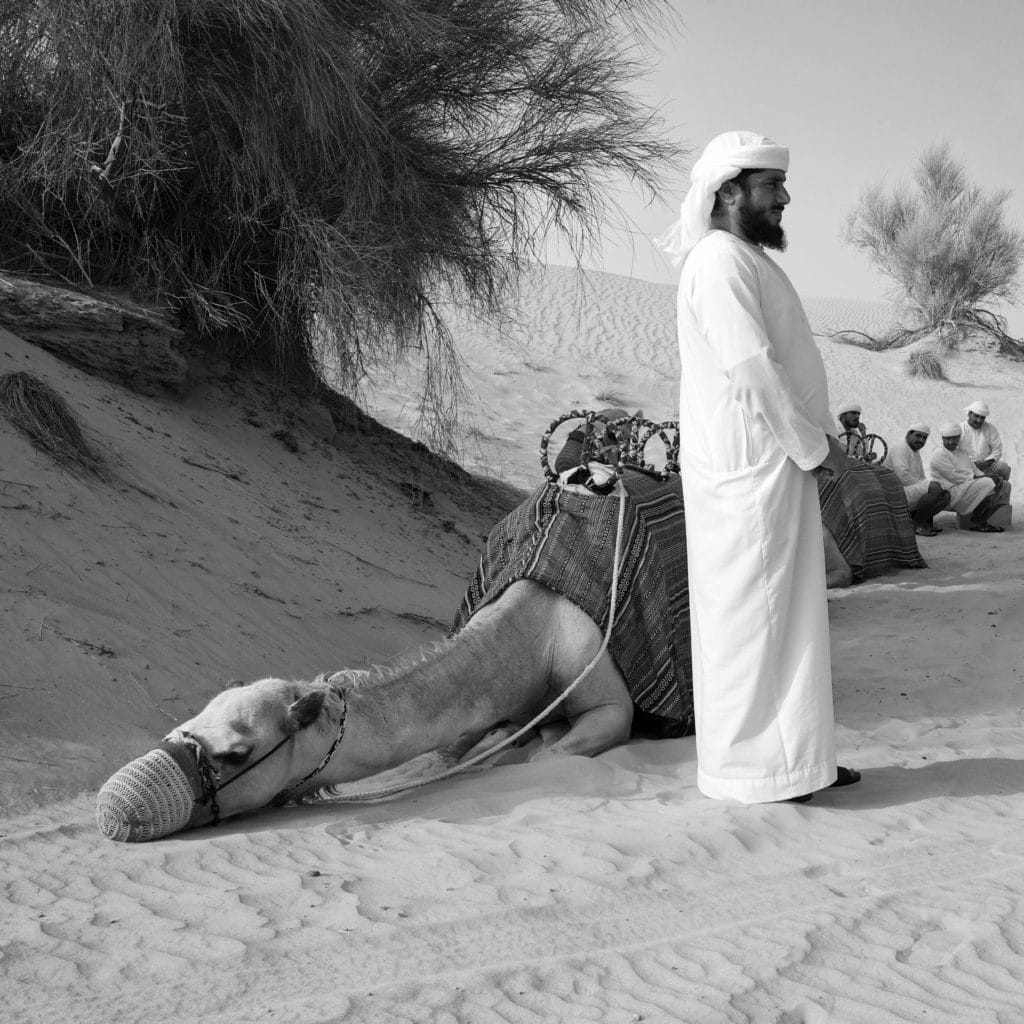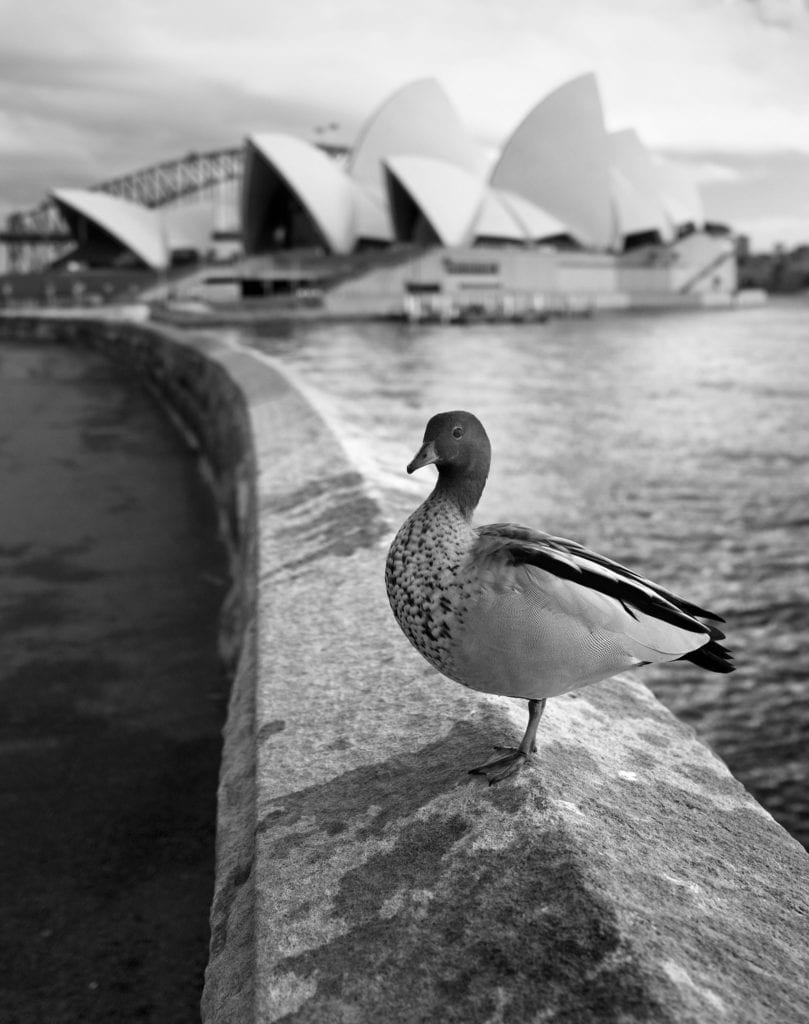Nearly three years after I first posted about my new Leica Q on this site, it was stolen from a South Kensington Pub. This was after a visit to the Natural History Museum to see the 2019 Wildlife Photographer of the Year Exhibition. I am fairly sure it was a professional thief, rather than an opportunist, who stole it as the camera was right next to me in its bag and our table was never unattended – yet we saw nothing. As the pub had no CCTV the police soon closed the case. Happily the camera was insured, and I was able to replace it.
Always on the Move…

2016-2018 were big travel years for me as my work took me to the US, Europe, the Middle East, Africa and, for a short while, the Far East. I also went on a couple of road trips – one from Canada to Mexico, and another across Japan. I was rarely at home during those years and I took my Leica Q everywhere I went. I took around 25,000 shots along the way and came to love my camera; it took everything the world could throw at it, whilst remaining perfectly usable, was a joy to handle and allowed me to create some of my best images. In this post I’ll share what I learned along the way.
Lessons Learned
Firstly, the Leica Q is extremely tough and resilient . When I changed straps from the elegant, but thin, leather strap that came with the Q to my preferred, and wider, M strap I didn’t attach it correctly. It later came unfastened – just as I was about to shoot the Sydney Opera House. It hit the ground hard but fortunately had only a small ding on the top plate to show for it. Many other cameras would have been rendered unusable by the impact, if not damaged beyond repair.

The reason the Q survived the impact so well is because the top plate is machined from a solid block of aluminium that sits atop a tank -like body of magnesium alloy. For travellers there is just no substitute for a resilient camera – knocks are inevitable over time.
It’s worth mentioning that there is a knack to putting the strap on correctly to avoid testing the Q’s build quality the way I did. The easiest way is to take the metal fastener off the strap, put it on the camera first and then attach the strap. It’s actually pretty hard to get it wrong if you do it that way.
For a camera that lacks weather proofing it does very well in harsh conditions. Eventually the sensor needed cleaning, but that was after two years of shooting in some hostile climates including a couple of visits to one of the most inhospitable – the Rub al Khali desert, otherwise known as the Empty Quarter.
The Summilux f1.7 stabilised lens is unparalleled for sharpness. It’s the best lens I have ever owned, works incredibly well with the full frame sensor and of course delivers the recognisable but difficult to define Leica look. It is an aspherical (ASPH) lens, a design that tends to be more compact, sharper in the corners wide open and offers a bit more contrast.
I also found Leica’s choice of 28mm for a fixed lens to be a good one. 28mm is wide enough for landscape and urban work and you can easily crop in a little for street photography.
Shooting with the Leica Q is enjoyable and intuitive. The Q combines minimalist manual controls with modern electronic assistance to create a first class user experience.
After service is incredible. When I had the sensor cleaned (which was free of charge) Leica service replaced the chequered outer covering of the camera as part of the service!
It is worth considering both the hand grip and the Match Technical Thumbs Up for improved ergonomics. I prefer the Thumbs Up both in terms of handling and because the hand grip needs to be removed to change the battery or a memory card. It comes off quickly, but it will still slow you down a little. I use the Thumbs Up EP-SQ2 which is machined from solid brass and locks onto the hot-shoe with a hex key. It is pricey, but worth it as it is beautifully made. Once the Thumbs Up is on the camera it really does feel like it was always there and part of the original product.
When I got my replacement camera I was reminded of just how excellent the packaging is. The ‘chest of drawers’ that contains the camera, its accessories (all in their own little Leica bags) and documentation is really well designed. Just search YouTube for Leica Q unboxing to see how many people have been enthralled by the experience.
Despite its relatively small size it is a camera that attracts attention – good and bad. I keep the famous red dot logo covered, but Leica cognoscenti still comment favourably on my choice of camera from time to time. This is particularly the case in Deal, Kent where my parents live, and where I often visit. It seems there is a high concentration of Leica users there…
I am thrilled to have stumbled onto your article.I have been thinking of swapping my Q for the Q2m, but your photos and writings, have given me 2nd thoughts’, maybe I should keep this Q in mono and buy another Q for color. Anyway that’s my dilemma now and thank you for your labor of love. I hope your photo of camel and rider is hanging in your home or office! Also if you get a chance get in touch with MIKE EVANS at Macfilos.com your articles should be shared with his audience, check him out.